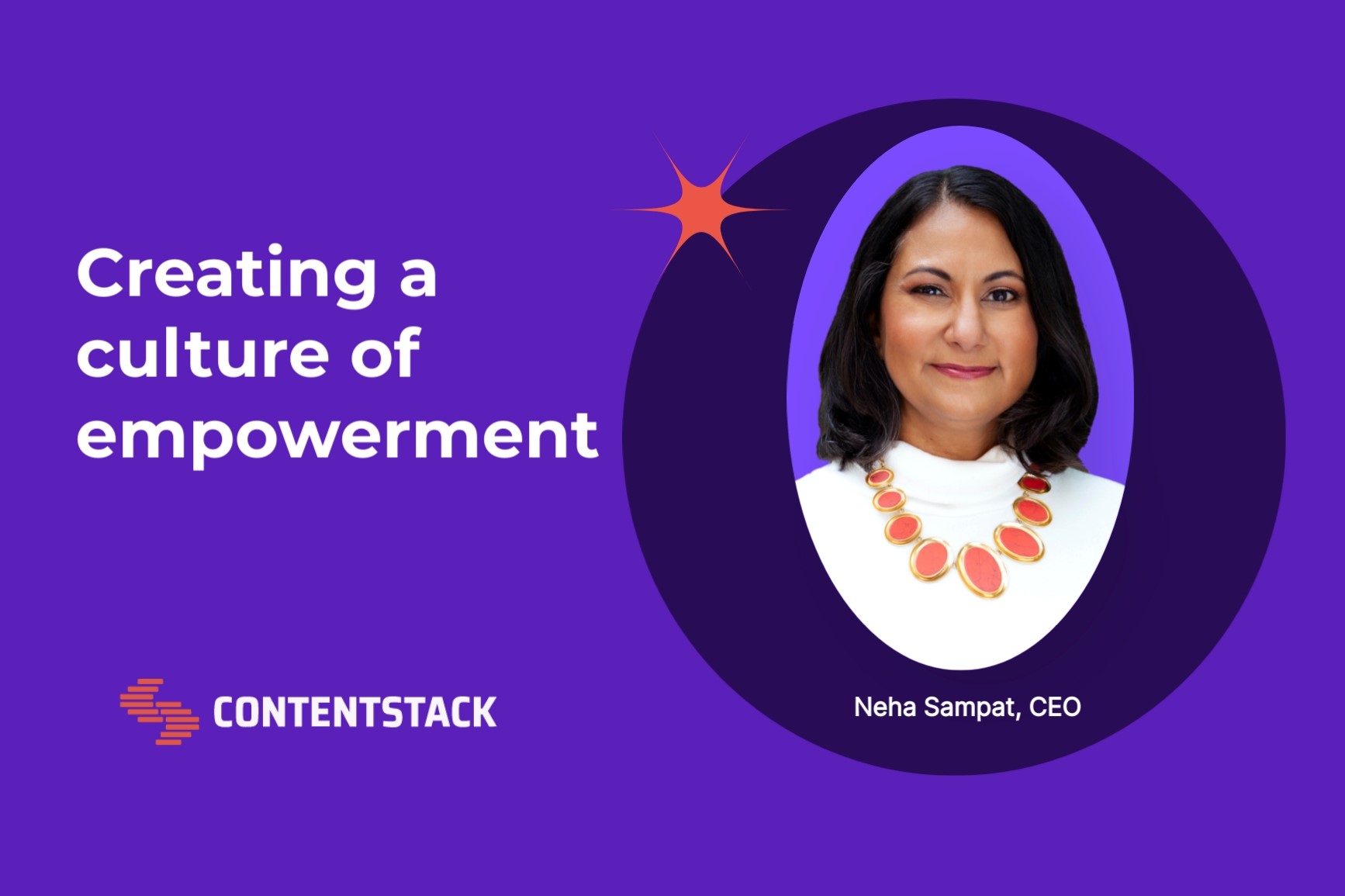Creating a culture of empowerment

Most people would say a CEO's primary responsibilities are things like "maximizing profits" and "building operational efficiencies." I believe my job is about rallying, unblocking and getting out of the way.
It's simple: We focus on hiring people with skills that make us stronger and more diversified. Why wouldn't we want to unleash those skills and see where it takes us?
But a culture of empowerment doesn't just happen, despite everyone's best intentions. Leaders have to enable it with systems and structures.
In our latest People Changing Enterprises podcast, Sommsation CEO Danielle Diliberti shared her employee empowerment tips. Here, I also share mine. What I loved most was how she boiled it down to "being a good team member." It really can be that simple.
Make the transfer of knowledge a priority
You will grow nowhere if one person is the designated collector of knowledge. What happens when that person leaves? Their absence leaves a gaping hole, and everyone else starts at zero.
As you grow, there is more work, and you have to move quicker within a more complex environment. Any barriers to speed must be removed. Spreading knowledge is one way to remove those barriers. Transferring knowledge gets your organization to the next level.
Danielle shared an awesome framework she's used as she's scaled: the 3-3-3 rule.
The first three: As a leader, if you want to train someone, you must have done something 3000 or three times. (In a hypergrowth company, new challenges present themselves every day. I get it!)
The second three: At this point, you move on to having that person shadow you in that role three times.
The final three: Here, the leader shadows the employee to ensure that the full transfer of knowledge loop is closed.
As Danielle said, "Passing, the torch really does help everyone. The whole team gets smarter, the business becomes more valuable, and you can move a lot faster. The investment up front will pay dividends in the long run."
Build cross-functional connections
It's easy for everyone to "stay within their lane." In our location-neutral world, it's become even more of the default. But if you want to build a culture of empowerment, leaders must break down that default bit by bit.
Within organizations, empowerment comes from what you know and also who you know.
We incentivize cross-functional and cross-geographic connections. We enter anyone at Contentstack who sets up a 30-minute zoom call with somebody in a different department into a gift card raffle. What has made it even more special is that participants started sharing pictures of the conversations on Slack with some fun facts about the other person. It has become an awesome way to build connections.
Those connections come in handy. If you've ever wanted an answer at an organization that nobody around you is equipped to give, you understand. If someone unexpected from across your organization has ever called you for your experience and input, you also get it.
Connections build confidence in your position and contributions at a company. Confidence is required for real empowerment to break through.
Danielle hosts "Summits" at Sommsation, bringing together cross-functional groups in person to align on roadmaps for different areas of the business. We do quarterly, in-person meetings with our executive team ("The Dreamguard") and more.
These efforts also make our hybrid and remote cultures more tangible.
Create an open-door policy
Sometimes it's nerve-wracking for leaders to "get out of the way." You can be left wondering if things will get done well. You know the way you would do it.
But the truth is "getting things done well" and "the way you would do it" are not the same. There is often more than one way to reach an end goal. Believe me, this is coming from someone who bootstrapped one company for 10 years and exited without a banker.
Fight the urge to do. Instead, assess everyone's level of skills and confidence and then create an open door policy as they do.
Not everything will go off without a hitch. That's okay. Encourage your team to come to you with questions, concerns and potential solutions. Hear them out, and work with them on those solutions. I always start my open door policy conversations with: “This is a place and space with no judgment.”
Part of the open door policy is spotting when you may need to step in. In Danielle's previous experience as the CTO at The St. James, she realized the legacy CMS was hampering their agility. Their marketing team relied on developers to make updates to content, which could take weeks. It wasn't sustainable for a business focused on delivering customers personalized, of-the-moment health and wellness experiences.
She stepped in to usher in a new MACH-technology era at The St. James. Without that transformation, her other people empowerment strategies wouldn't go far.
We say it often: Innovation will come from your people. It's probably more accurate to say: Innovation will come from your people only if they are empowered. Focus on transferring knowledge, building connections and creating an open door policy as a leader, and the skills you hired for will be the skills that take your organization into the future.
About Contentstack
The Contentstack team comprises highly skilled professionals specializing in product marketing, customer acquisition and retention, and digital marketing strategy. With extensive experience holding senior positions in notable technology companies across various sectors, they bring diverse backgrounds and deep industry knowledge to deliver impactful solutions.
Contentstack stands out in the composable DXP and Headless CMS markets with an impressive track record of 87 G2 user awards, 6 analyst recognitions, and 3 industry accolades, showcasing its robust market presence and user satisfaction.
Check out our case studies to see why industry-leading companies trust Contentstack.
Experience the power of Contentstack's award-winning platform by scheduling a demo, starting a free trial, or joining a small group demo today.
Follow Contentstack on Linkedin
Share on:





.jpg?format=pjpg&auto=webp)

